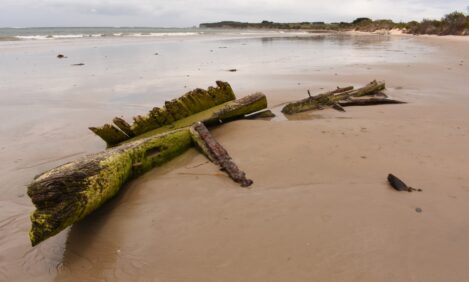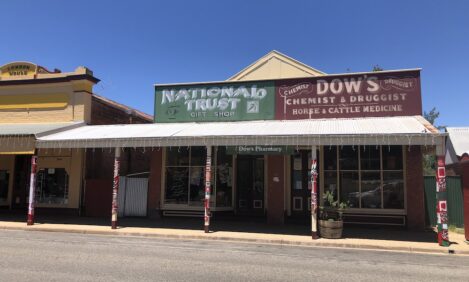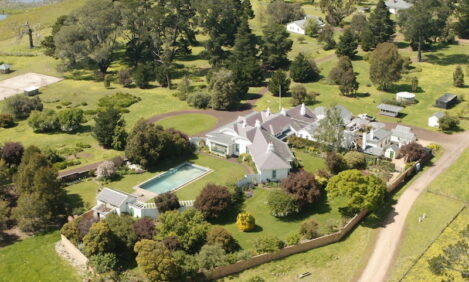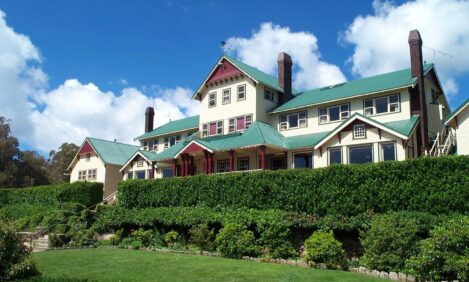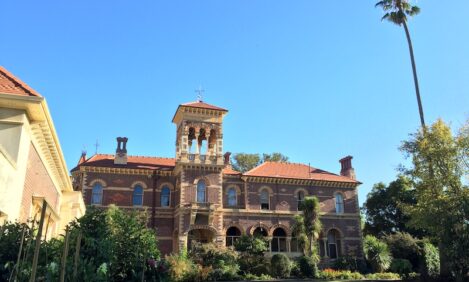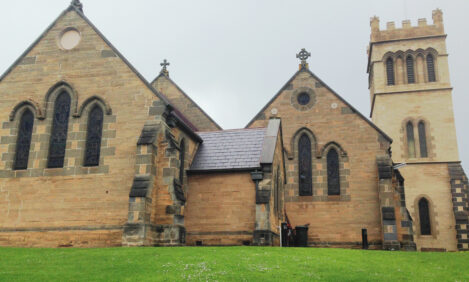These 10 case studies illustrate the complex, site-specific nature of climate change exposure and risk to heritage places across Victoria.
They cover a broad range of heritage place and object types and explore:
- different climate change hazards and impacts
- different types of climate change vulnerabilities
- different ways owners/managers are attempting to address these challenges.
We hope they will provide connections and inspiration.
The Heritage Council of Victoria thanks Dr Kim Roberts and Chairim Byun from GML Heritage who researched and authored the 10 case studies. The Heritage Council would also like to thank the Anglican Parish of Warrnambool, Charter Hall, Forest, Fire and Regions (Department of Energy, Environment and Climate Action), Heritage Victoria (Department of Transport and Planning), the National Trust (Victoria), Parks Victoria, the Royal Botanic Gardens Melbourne for providing information and images for use in each case study.


